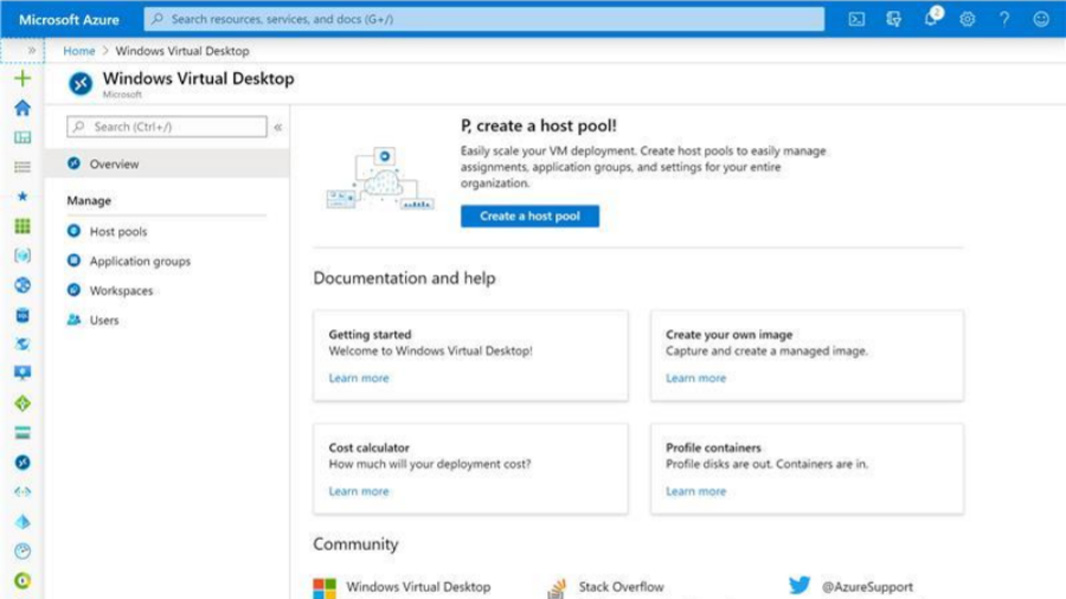Windows Virtual Desktop Improves to Address New Needs
- Paul Thurrott
- Apr 30, 2020
-
0

With COVID-19 triggering a massive uptick in Windows Virtual Desktop usage, Microsoft is responding with improvements and new features.
Many of you have turned to Windows Virtual Desktop, built on Azure, to quickly provision and scale virtual desktops and applications faster than was previously possible,” a post credited to Microsoft corporates vice presidents Julia White and Brad Anderson reads. “We’ve been humbled by the number of you who have used Windows Virtual Desktop to meet the needs of your increasingly distributed and remote workforce.”
Windows Intelligence In Your Inbox
Sign up for our new free newsletter to get three time-saving tips each Friday — and get free copies of Paul Thurrott's Windows 11 and Windows 10 Field Guides (normally $9.99) as a special welcome gift!
"*" indicates required fields
In response to the shifting and accelerating needs of its customers, Microsoft is today announcing several new Windows Virtual Desktop features. These include:
Simpler deployment and management. Windows Virtual Desktop is deployed and managed through the Azure Portal, and a new administration experience will make these tasks faster and simpler than before. “You can use this graphical interface to perform key tasks faster and more efficiently, like deploying and managing virtual desktops and apps, assigning users, and carrying out integrated monitoring and diagnostics,” the firm notes.
Improved security and compliance. Windows Virtual Desktop now provides Reverse connect technology and FSLogix profile containers. Reverse connect significantly reduces the attack surface area by letting you run a virtual machine (VM) without keeping any inbound ports open, Microsoft says. And Profile containers provide a simple, robust solution to quickly manage virtual profiles in non-persistent environments while staying protected using your organization’s security settings.
WindowsVirtualDesktop service tag. The WindowsVirtualDesktop service tag helps simplify the deployment of an Azure Firewall in conjunction with Windows Virtual Desktop by limiting Internet egress traffic from VMs to specific IP addresses in Azure. Microsoft recommends this configuration to improve your security profile.
More security improvements. There are several other security enhancements arriving today, including the ability to add groups of users to Windows Virtual Desktop using Azure Active Directory groups, support for static or dynamic conditional access policies, support for mandating multi-factor authentication, Windows Virtual Desktop integration with Azure role-based access control (RBAC) and analytics, and the ability to choose the geography you want to store your service metadata for the best possible regulatory compliance and performance.
Additionally, Microsoft also says that an updated Microsoft Teams experience related to Windows Virtual Desktop is coming “in the next few weeks.” The firm is improving the remote meeting and collaboration experience when using Microsoft Teams from Windows Virtual Desktop deployments with a process it calls audio/video redirection (AV Redirect).
“This will significantly reduce latency in data-heavy Microsoft Teams conversations running on a VM,” Microsoft says. “As users connect, their remote client devices will initiate a direct connection for the call using Real-Time Communication (RTC) protocols.”
You can learn more about Windows Virtual Desktop at the Microsoft Azure website.
Tagged with
Conversation
There are no conversations